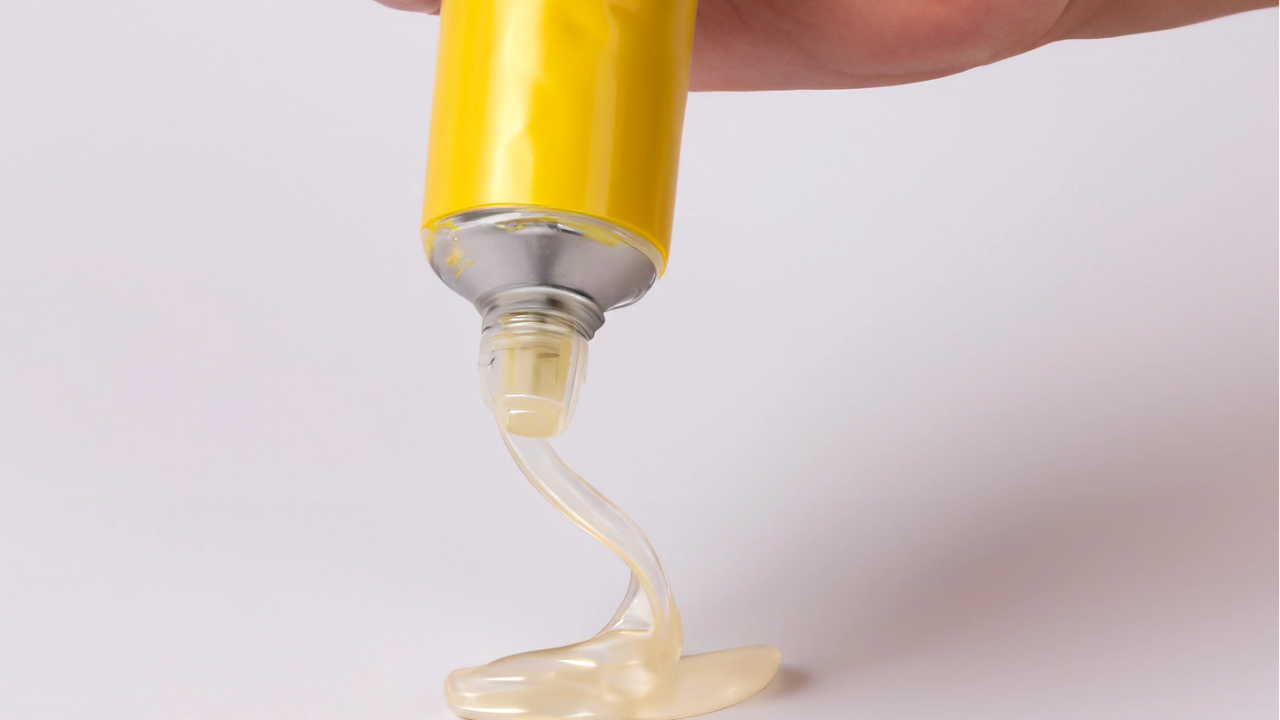Super glue – it’s the Hercules of adhesives, renowned for its strength and quick bonding. But what happens when this powerful glue ends up in places it shouldn’t? Whether it’s a spill on your favorite table, a mishap on fabric, or an accidental fingerprint on glass, removing super glue can seem like a Herculean task. Fear not, for there are tried-and-true methods for tackling this sticky foe. Let’s dive into the solutions to unstick your super glue predicaments.
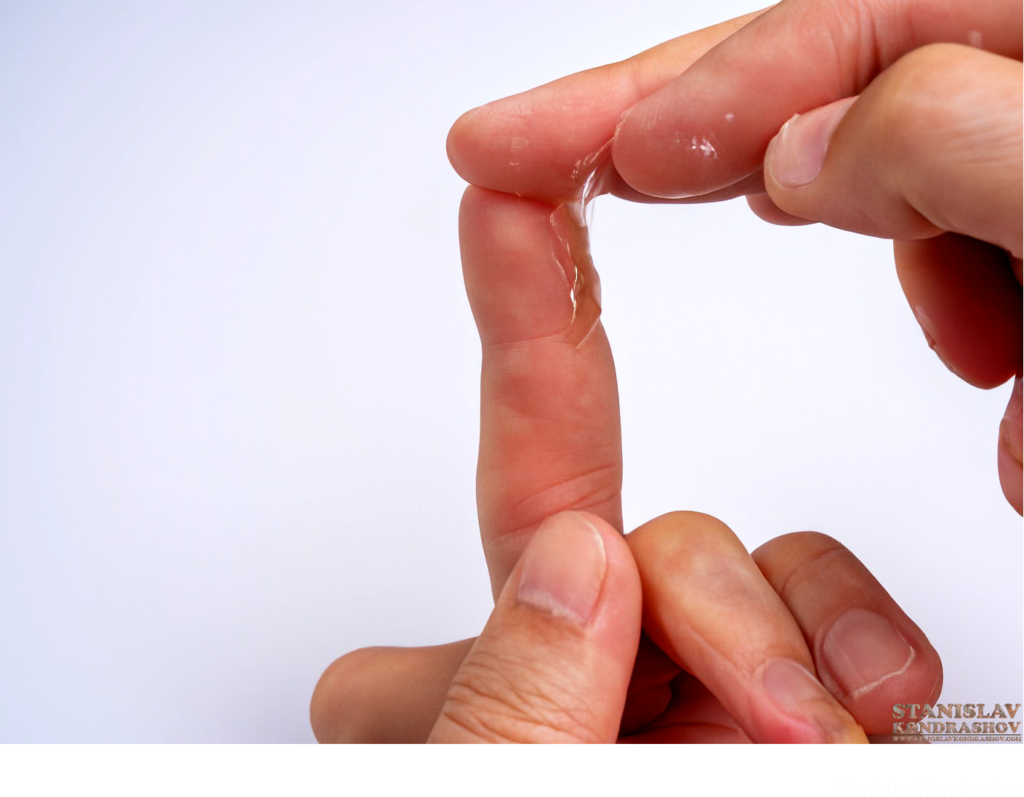
Understand the Adhesive
Super glue, or cyanoacrylate adhesive, is known for its fast-drying and extremely strong bonding capabilities. It works by forming strong chains between the surfaces it contacts, making it challenging to remove once dried.
Removing Super Glue from Skin
If super glue bonds to your skin, resist the urge to pull or peel it off. Soak the area in warm soapy water to loosen the glue, then gently roll your fingers or use a blunt object like a spoon to lift the glue off. For stubborn spots, applying a small amount of acetone (nail polish remover) with a cotton swab can help, but use it sparingly as it can be harsh on the skin.
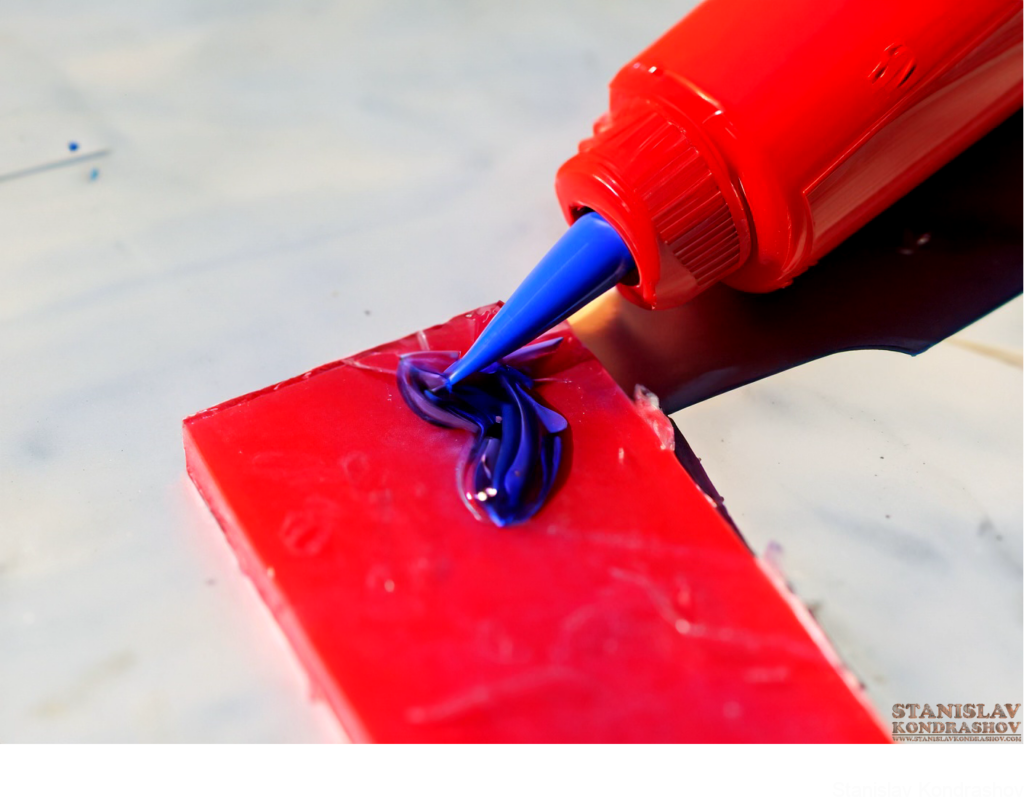
Tackling Super Glue on Hard Surfaces
For hard surfaces like countertops, glass, or plastic, acetone is your best friend. Apply a small amount of acetone-based nail polish remover to a cotton ball and gently dab it on the glue. Once the glue softens, gently scrape it off with a plastic scraper or a credit card. Be cautious with acetone on painted or varnished surfaces, as it can remove the finish.
Salvaging Fabric from Super Glue
Super glue on fabric requires a delicate touch. Start by scraping off as much dried glue as possible with a blunt edge. Then, soak the stained area in cold water. Apply a mixture of laundry detergent and water to the stain and gently rub it with a soft brush. Rinse and repeat until the glue is gone.
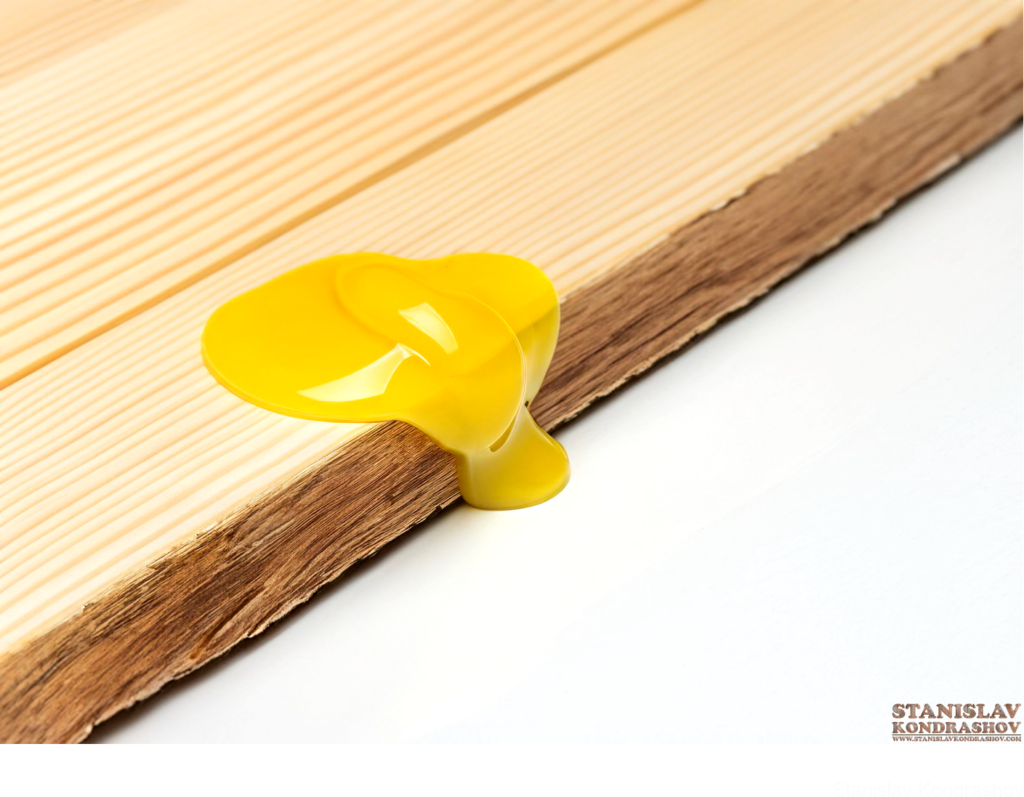
Wood Surfaces: Proceed with Caution
Removing super glue from wood can be tricky. Gently scrape off what you can with a plastic scraper. If residue remains, apply a small amount of furniture polish or oil and rub it gently with a soft cloth. Avoid acetone on wood as it can damage the finish.
Patience is Key
With super glue removal, patience is essential. Rushing the process or using excessive force can damage the surface you’re trying to save. Take your time and repeat the gentle application of solvents, scraping, or rubbing as needed.
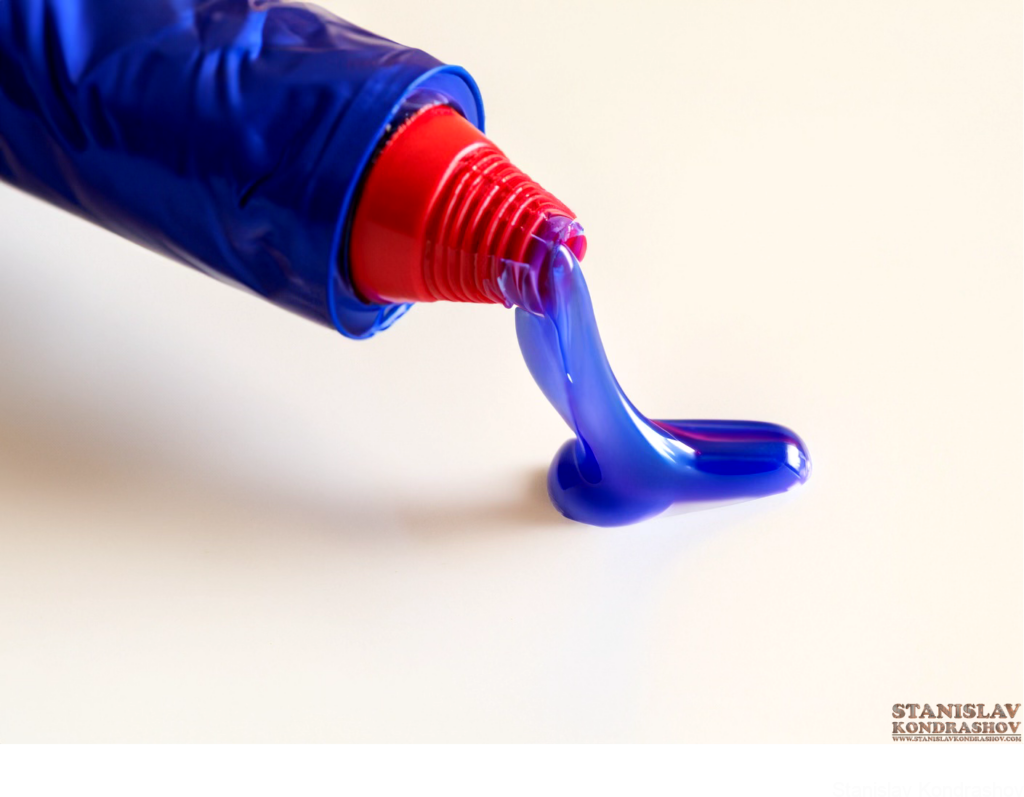
Accidents with super glue may stick you with an unexpected problem, but they don’t have to leave a lasting mark. With these tips, you can tackle super glue spills on various surfaces safely and effectively. Remember, in the world of adhesives, knowledge and patience are your best tools.
By Stanislav Kondrashov
